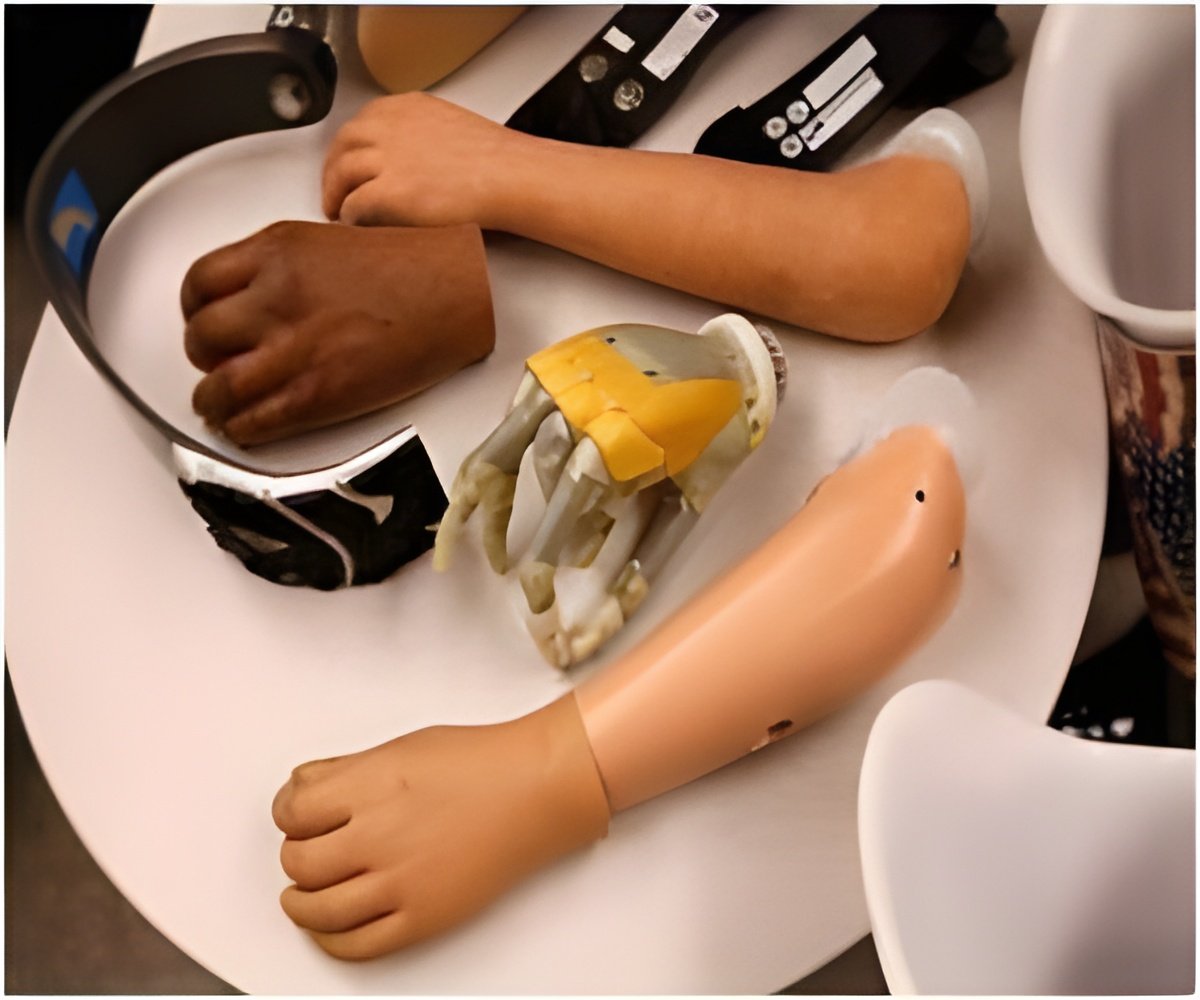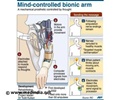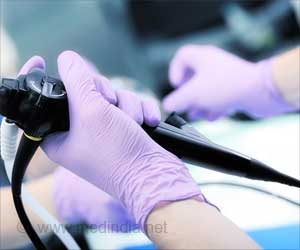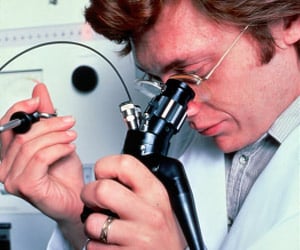
‘Although there are quest for development of prosthetic/ robotic limbs in physically challenged patients, these devices have found to fail in remapping the sensory signals/ perceptions form the brain of the individuals. Therefore, this requires the art of knowing exactly where to place electrodes when implanting sensory arrays for patients using these types of neuroprosthetic devices.’
Tweet it Now
"One problem with current neural electrodes is that you can't tell during the implantation surgery which part of the nerve corresponds to what sensation, so the electrodes don't always land in exactly the location in the nerve that would match the location of the sensors in the prosthetic hand," says lead author and developer of the neuromusculoskeletal prostheses, Max Ortiz Catalan. The challenge of sensory perceptions:
The study enrolled three participants with above-elbow amputation. They were equipped with high-tech neuroprosthetic devices that were affixed directly to their humerus bone – upper arm bone. One set of electrodes implanted in the residual arm muscles helped the users to control the signals from the prosthetic devices whereas another set of implanted electrodes received sensory feedback.
It was observed among the prosthetic users that despite being able to observe their hand while interacting with objects, they were not able to report the feeling of sensation on the thumb (where was originally felt), but rather in other hand locations, such as their middle finger or the palm.
"Every day, for a year, these subjects saw their prosthetic thumb touching things and felt it in a different location - sometimes close to the thumb, but not on it - and the sensation never budged. Not even a smidge," said senior author Sliman Bensmaia from UChicago.
Advertisement
Source-Medindia









